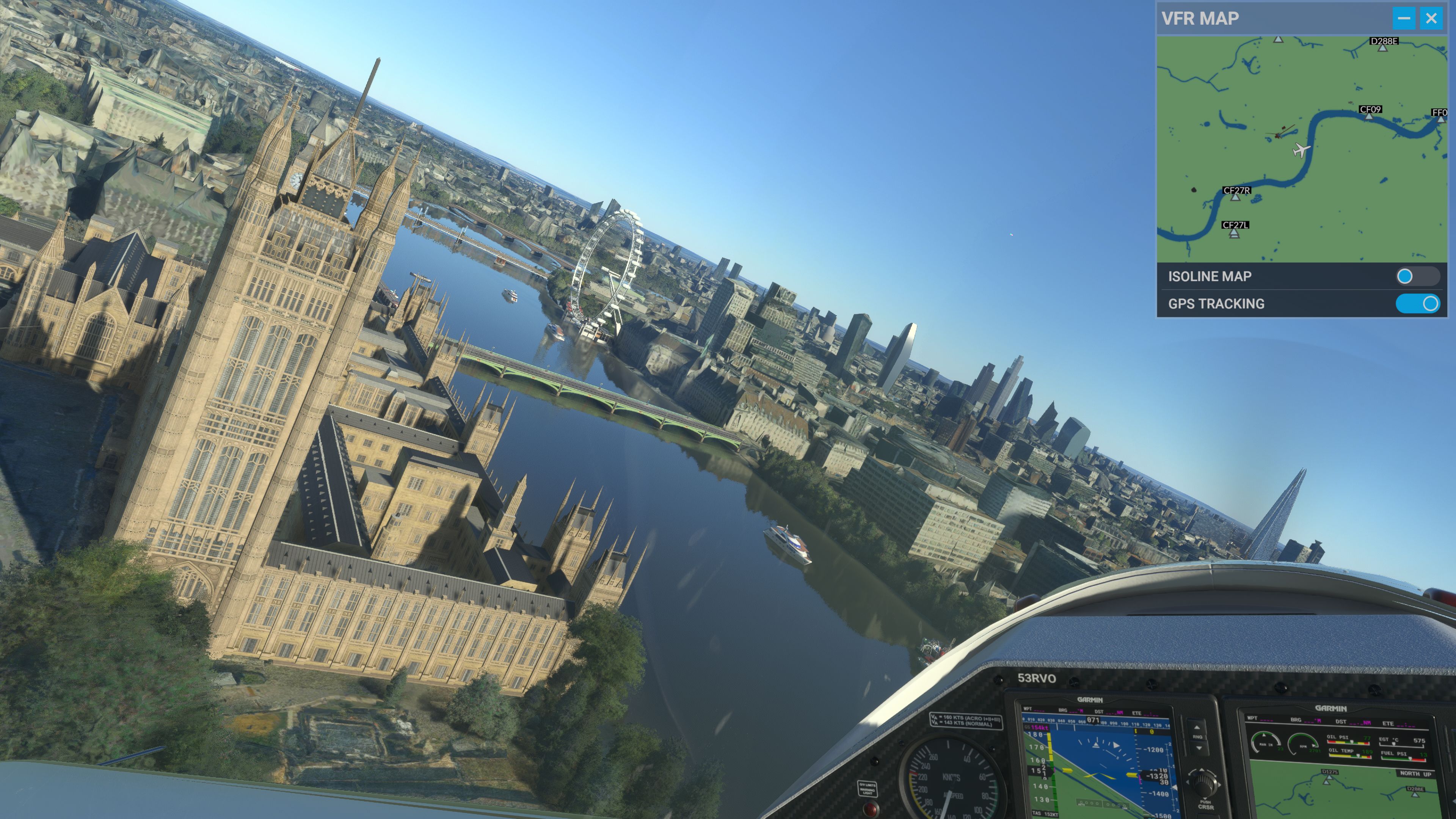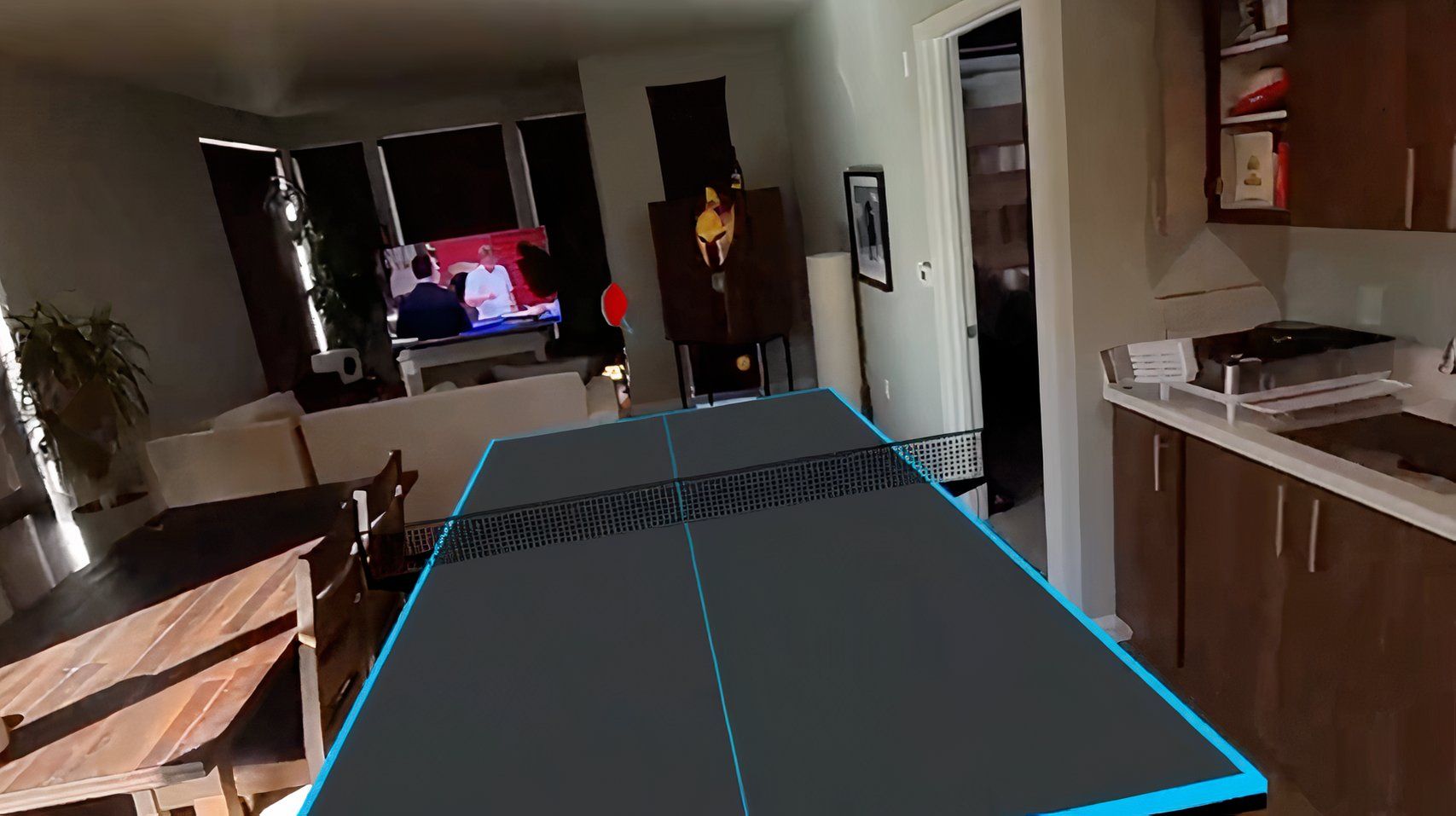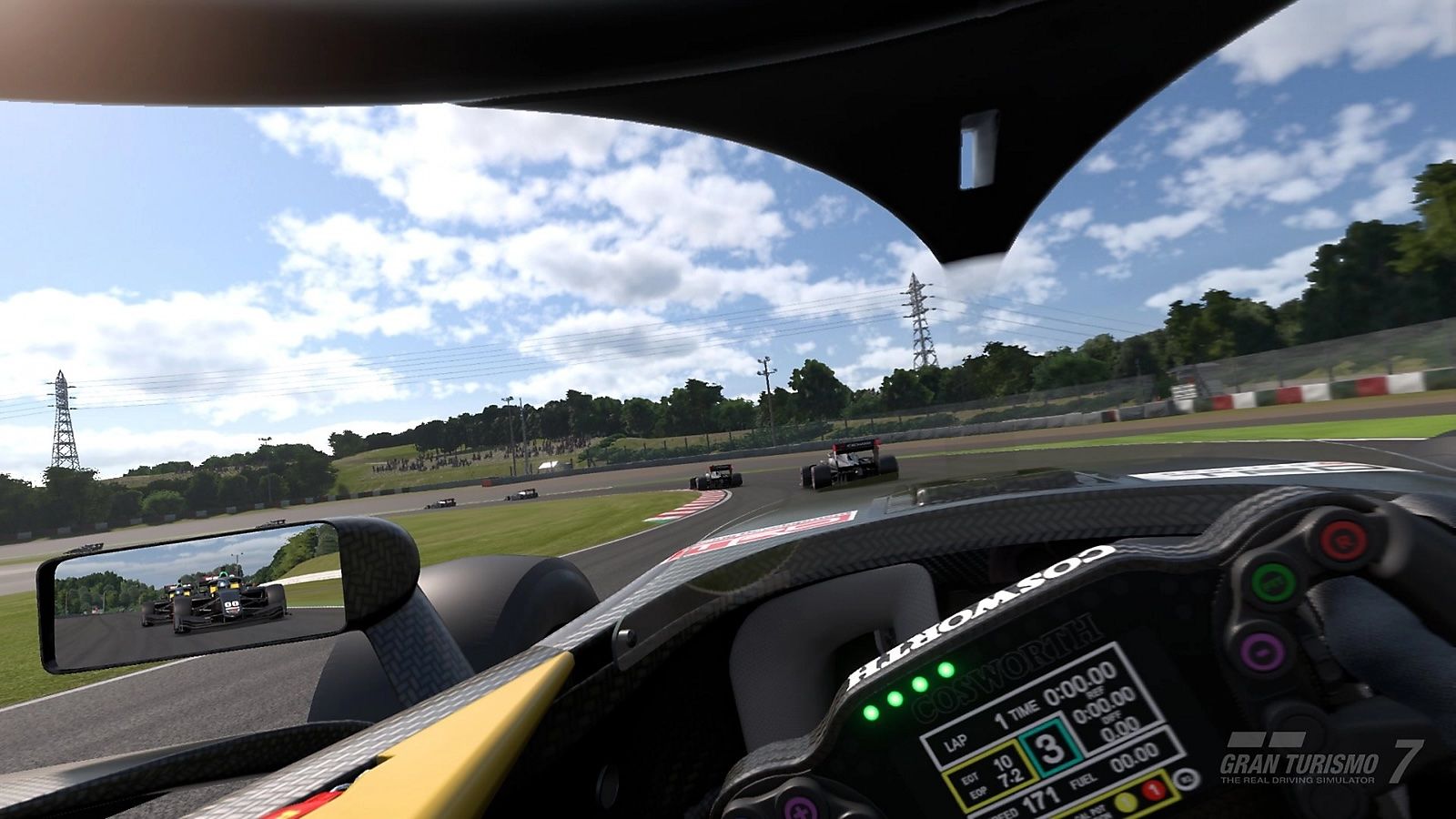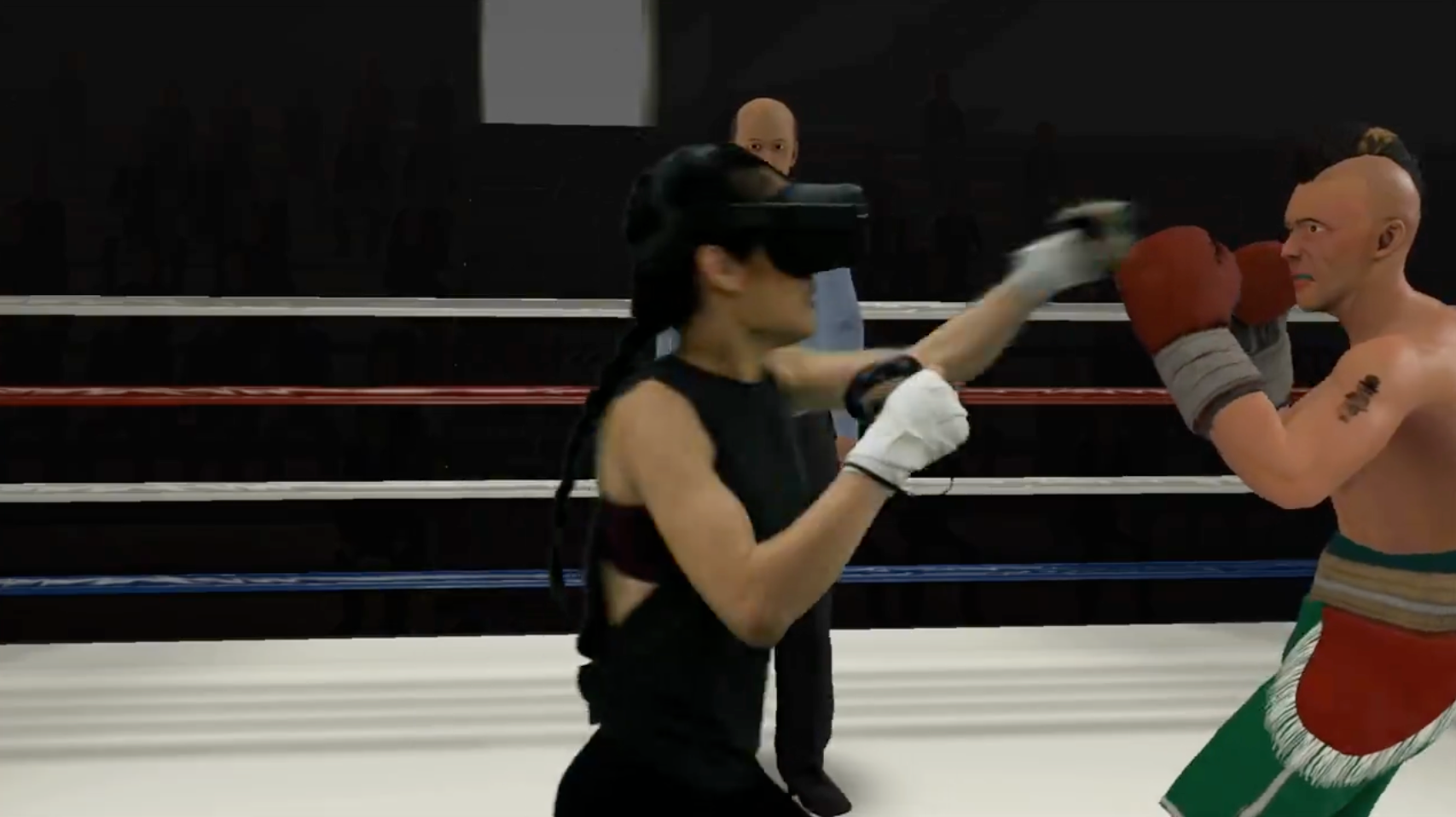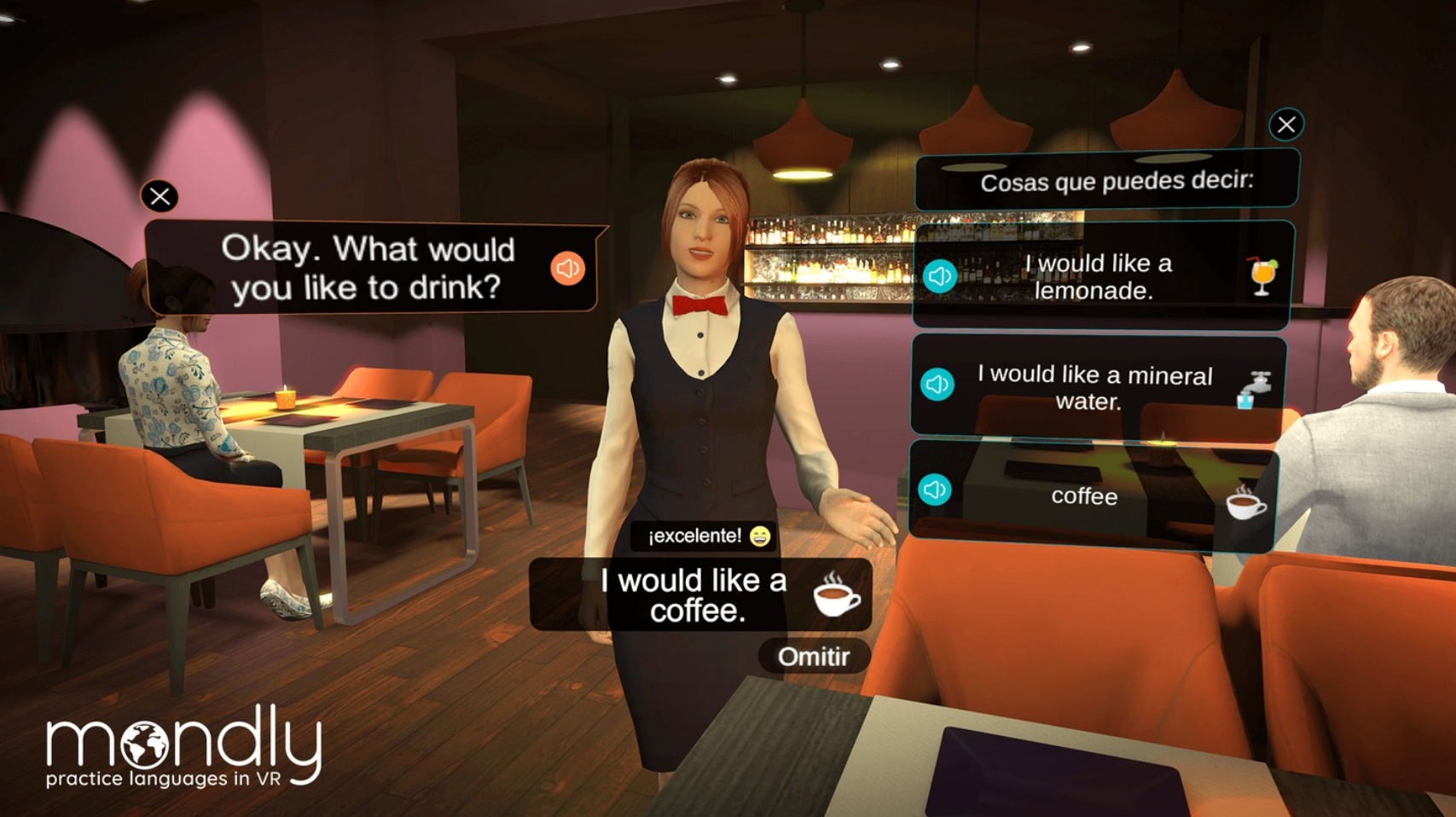Virtual reality is a great form of entertainment, and it’s certainly healthier than being a couch potato with controller in hand, but have you considered that some of the stuff you do in VR can actually turn into real-life skills? Either on purpose, or as a happy accident, there are quite a few ways you can upskill yourself in VR.
1 Flying
If you’ve ever fantasized about being the person who saves the day when somehow both pilots on your flight pass out, then a computer flight simulator is certainly the next best thing to getting an actual pilot’s license. All jokes aside, pilots spend hundreds of hours in certified simulators, and if you’re playing something like Microsoft Flight Simulator in VR mode, you’ll actually learn where all the controls are, what they do, and how it looks and feels to fly a plane. Unlike a flat screen, VR gives you true depth perception, and a sense of scale and speed.
On a more practical note, if you like flying RC aircraft (or want to get into it) popular RC flight simulators now support VR. I’ve always found RC sims less than helpful on a flat screen, because it’s nothing like standing in a field and squinting at a plane, but in VR it’s pretty much exactly like doing it for real, and if you use a real or realistic transmitter in dummy mode with the software it’s pretty much bang-on for the real thing, so you can really put in the hours without risking RC equipment that costs thousands of dollars.
2 Bat and Racket Sports
There are quite a few sports that translate well to VR, where you can develop real skills that can be transferred into real life. Obviously, something like football doesn’t really qualify, but table tennis is one plausible example. With Eleven Table Tennis for example, it really does feel like real table tennis to me, and the controller’s weight isn’t far off a real paddle.
Then there’s WIN Reality, which uses the Meta Quest 3 and a real bat combined with simulation software to train baseball players. The promise is that accuracy, timing, and other relevant skills will improve and the software also records your progress so you can see how you’ve become better or where you still need work.
3 Driving
Hardcore driving sims have always had a dedicated following, but with the addition of VR technology simulated driving has been taken to the next level. While using flat screens works OK, you have no depth perception, can’t really tell how far away other vehicles are, and generally are driving with one virtual eye closed. On top of that, VR allows you to look around naturally, rather than using a stick or POV control.
Personally, I spend a lot of time in Gran Turismo 7 using the PS VR2 and a Logitech wheel setup. Now, I am well aware that Gran Turismo is a “simcade” title and not a hardcore simulator, but even with GT7’s semi-realistic physics, I think my spatial awareness and general level of concentration only get better. My anecdotal experience aside, VR is already being used to help people become better drivers, or even to learn in the first place thanks to products like CoDriVR.
4 Combat Sports
Can you learn how to fight an opponent in VR? I wouldn’t recommend it! However, I did a little bit of mixed martial arts (poorly) in my late teens, and one of the things you aren’t prepared for is the intimidation of facing off against a large opponent. Being in the ring is a lot different from watching from the sidelines, and sparring in VR teaches you this quickly.
Apart from simply giving you a taste of what it looks and feels like to enter the arena, boxing and other similar combat sport VR games can give you experience of aspects of the real thing. Of course, unless you have a friend willing to punch you in the head, VR won’t help you learn how to take a hit, but dodging, weaving, footwork, and other similar aspects of the arts can be something you practice in VR. A bit like a high-tech version of shadowboxing.
5 Languages
Apps like Duolingo are incredibly popular, but anyone learning a new language needs to tackle it from multiple angles to get the best results. The best thing is to immerse yourself in the language and converse and interact with native speakers, but that’s not always possible. VR language learning has turned into an interesting supplement to language learning, and I’ve been having quite a good time with some of the apps (such as Mondly) available for Meta Quest.
These apps can put you into situations such as booking into a hotel or asking for directions, and let you converse with AI characters. The current state of AI software that can speak and understand languages fluently is a huge deal as well, because it means you can have natural conversations with these characters as if they were real people. It’s still not the same as learning a language while chatting with real people, but it’s a huge improvement over books on tape!
There are probably plenty of great VR apps that let you learn all sorts of things I’ve never even heard of, and as this technology gets better we might actually one day have the training construct from The Matrix for real!


